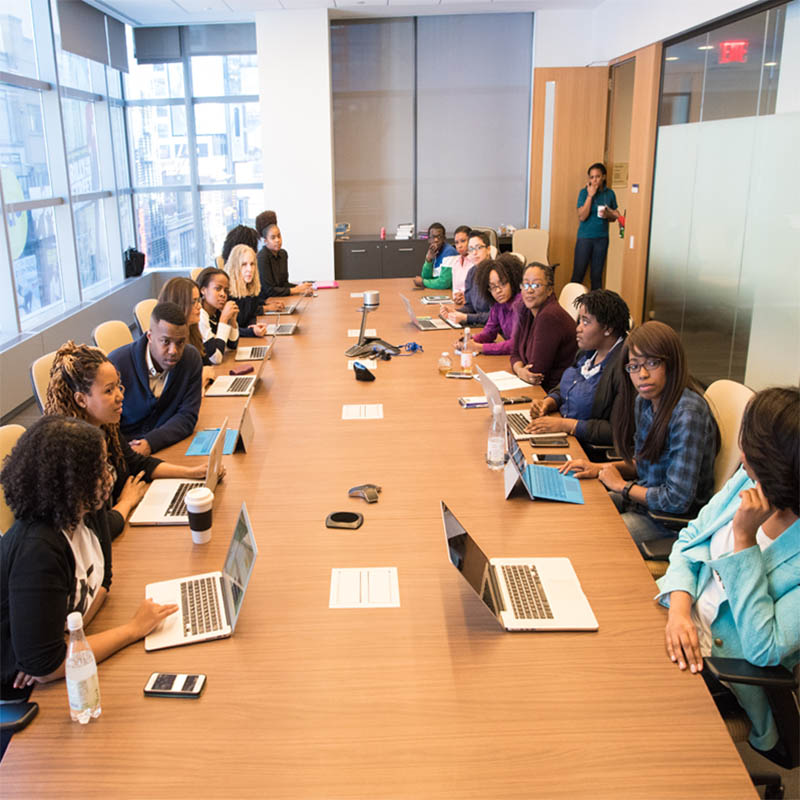We work with coworkers every day to help us solve problems. For example, we may exchange ideas when discussing ways to increase revenue or when rolling out a new product or service. As we develop closer relationships with colleagues, we may notice a coworker who often thinks outside the box or is always teeming with ideas to help improve the organization. You might even be the person with all the ideas.
A recent study looked at the influence of coworker creativity on work relationships and discovered something interesting: participants sought a closer relationship with coworkers they perceived as being more creative. Moreover, the subjects were more inclined to establish a closer relationship with a creative coworker of the opposite sex or from a different demographic than them.
The researchers Christina E. Shalley, Sharon M. and Matthew R. Price Chair and professor of Organizational Behavior at the Georgia Tech Scheller College of Business; Amy P. Breidenthal, assistant professor of Business Management at Agnes Scott College; and Gamze Koseoglu, senior lecturer in Management at The University of Melbourne, examined whether the number and strength of a creative coworker's relationships increased over time as more colleagues sought them out. Their paper "When perceiving a coworker as creative affects social networks over time: A network theory of social capital perspective" was recently published in the Journal of Organizational Behavior.
If a creative coworker's network did increase, they posited that the coworker would also be seen as a high performer and given a more favorable position within the organization, especially if the organization valued and encouraged creativity. In other words, in an organization that encouraged creativity, the more coworkers developed relationships with a creative coworker, the more others sought to do the same, which increased the creative person's network and standing within the organization.
Perhaps most surprising is that among their hypotheses, a creative coworker in a minority group and from a different demographic was viewed as more creative and experienced more popularity within the network. This is due to a perception among coworkers - and in previous research - that minorities and those from different demographics tend to offer distinctive points of view, different ways of thinking, and, therefore, more significant creative insights.
“Besides improving relationship opportunities for minority employees, this also provides advantages for employees in the majority since they can potentially benefit from learning from diverse other perspectives and acquiring resources from them,” said Shalley.
Based on their findings, creative individuals within the workplace are viewed in high regard, prompting others to work on establishing a closer relationship with these colleagues. Furthermore, when a creative employee’s network is expanded, they may be offered more opportunities in an organization, particularly if the organization encourages creativity. In addition, their work suggests that being seen as a creative employee boosts confidence in their abilities with themselves and their coworkers.
Shalley et al. believe organizations would do well to encourage creativity in the workplace. The researchers suggest organizations can accomplish this by providing development opportunities that help introduce colleagues who may not know each other and encourage them to discuss potential solutions to organizational problems. Holding brainstorming meetings can also promote creativity among workers as long as organizations ensure that all ideas are treated equally.
“Our findings highlight practical opportunities for both employees and managers to enhance relationship closeness, especially for employees who are dissimilar from their coworkers, by being creative at work,” said Shalley.

